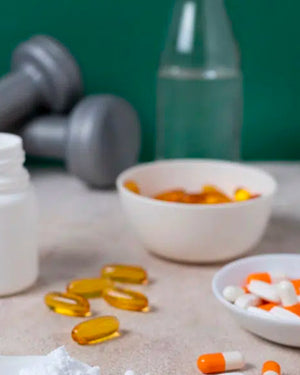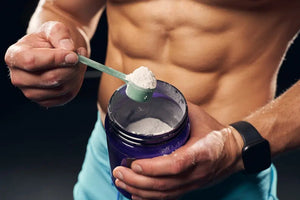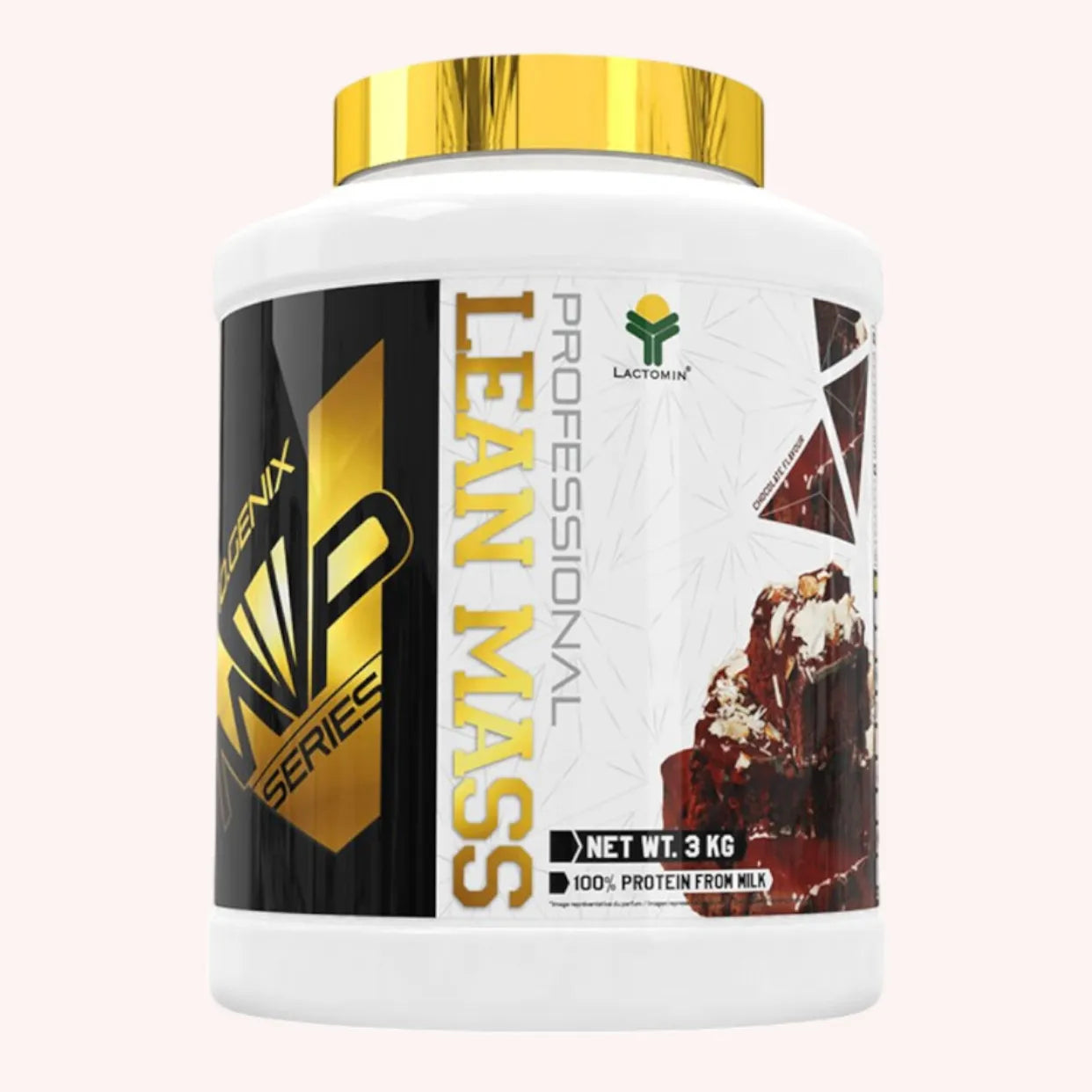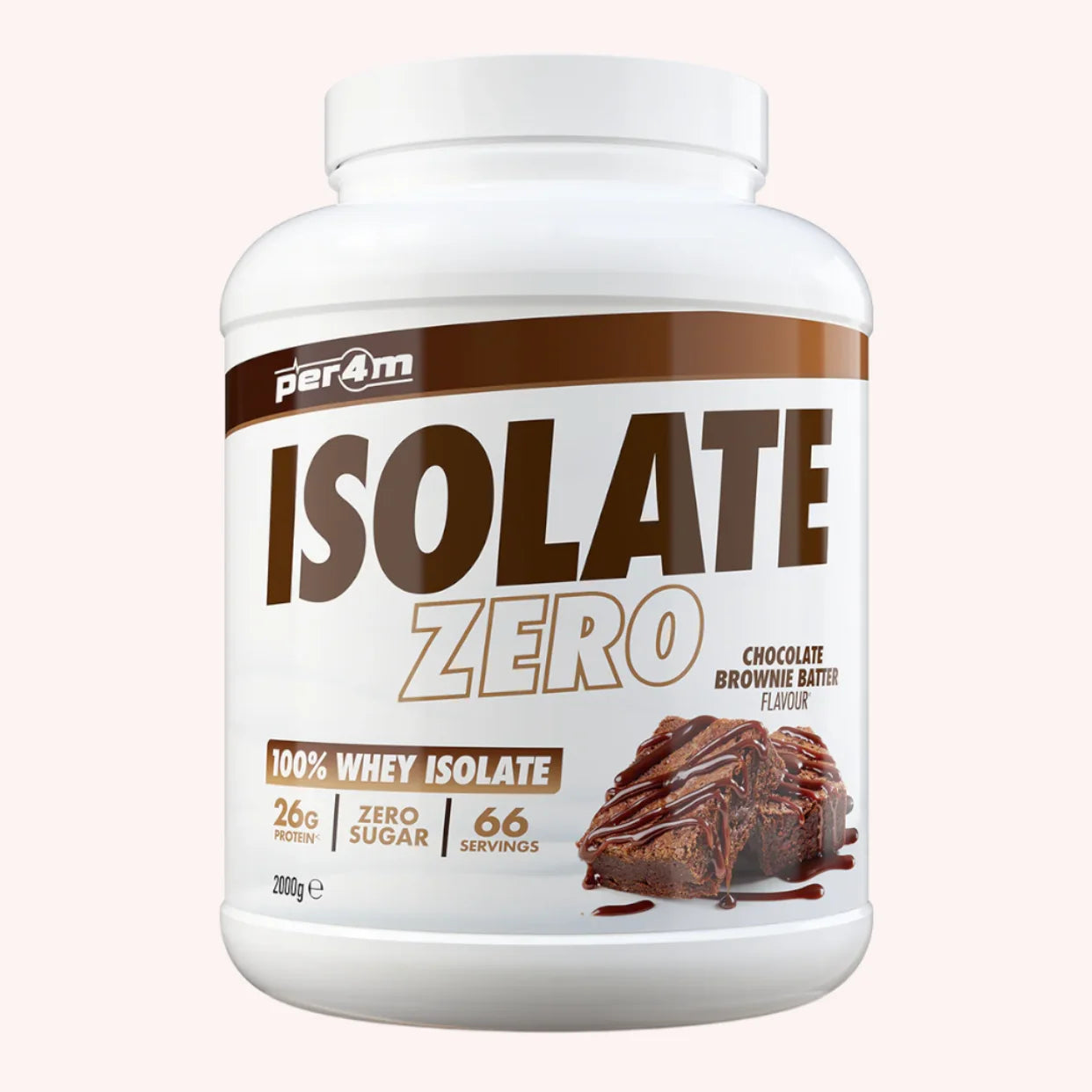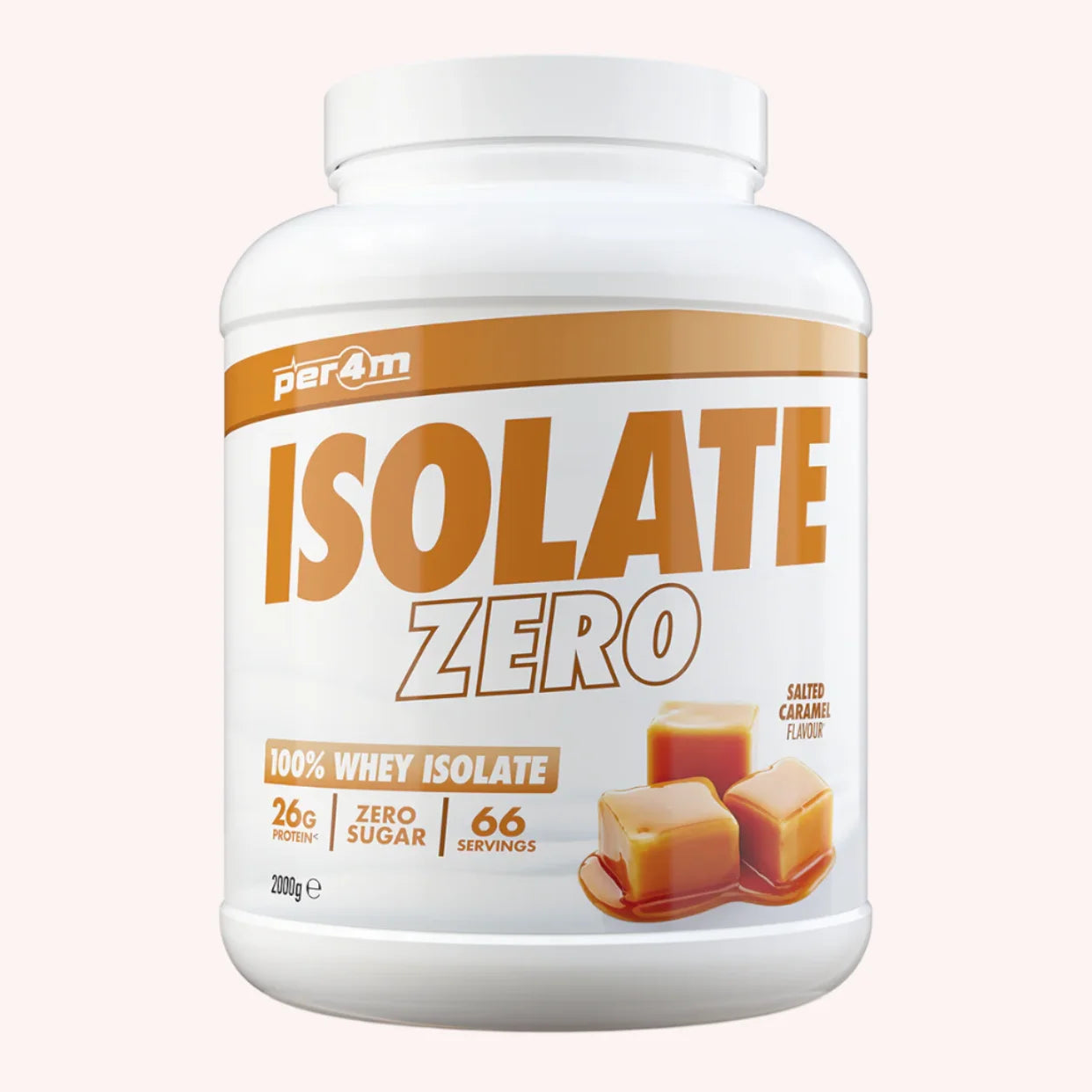Whether you're an athlete looking to gain strength and size or simply someone who wants to achieve a more defined appearance, understanding the fundamentals of bulking and cutting is essential. While gaining weight involves increasing muscle mass and total body weight, slimming involves reducing body fat percentage while maintaining or increasing muscle mass. Discover the difference between bulking and cutting.
Mass gain
Bulking up involves increasing the amount of muscle mass and fat tissue in the body. This requires a calorie intake greater than daily energy expenditure, as well as regular, tailored training.
Diet: The Key to Gaining Mass
To gain muscle mass , it is essential to have a proper diet . This means consuming more calories than you burn, but not just any calories. It is important to prioritize nutrient-dense foods such as protein , complex carbohydrates, and healthy fats .
Protein is essential for building muscle, so make sure you include quality protein sources in every meal. Lean meats , dairy products , eggs, and legumes are excellent sources of protein.
Complex carbohydrates provide sustained energy for intense workouts. Whole grains, vegetables, and fruits are good sources of carbohydrates to choose from.
Healthy fats, such as those found in avocados , nuts, and vegetable oils , are essential for the proper functioning of the body. Make sure to include these foods in your daily diet.
Training for mass gain
Proper training is essential to stimulate muscle growth when bulking up. Resistance training is particularly effective for this. You should focus on compound exercises such as squats , deadlifts , and bench presses , which target multiple muscle groups at once.
The frequency and intensity of your workouts are also important. It's recommended to train at least 3 to 4 times per week, giving each muscle group enough time to recover between sessions.
When training, gradually increase the weight and aim for repetitions in the 8-12 range to promote muscle growth . Remember to warm up thoroughly before each session and stretch afterward to prevent injury.
Supplements for mass gain
Certain supplements can be used to support your mass gain goals. Protein powders are commonly used to increase protein intake and aid muscle recovery. Choose a quality protein powder , such as whey , and consume it after your workouts.
Weight gainers are supplements that contain both protein and carbohydrates, providing additional calories. They can be helpful in achieving your weight gain goals, but be sure to use them in conjunction with a balanced diet .
Branched-chain amino acids ( BCAAs ) are also popular among those looking to build muscle mass. BCAAs help prevent muscle breakdown and promote post-workout recovery. They can be consumed before, during, or after training.
Rest and recovery
Gaining muscle mass isn't just about diet and training. Rest and recovery also play a crucial role in this process. When you train intensely, your muscles experience micro-tears that take time to rebuild and strengthen.
Make sure to include rest days in your training schedule and pay special attention to the quality of your sleep. Adequate sleep promotes muscle regeneration and the release of growth hormones, which are essential for gaining muscle mass.
Avoid the traps
When you're new to a mass-gaining program, you need to stay focused on your goal and avoid some common pitfalls. Don't get distracted by fad diets or miracle supplements that promise quick results and weight gain.
Gaining mass is a process that requires time, discipline, and perseverance. Also, don't neglect your health in favor of gaining mass. Make sure you maintain a balanced diet and get regular medical checkups to ensure your body is healthy.
The best exercises for effective muscle gain
For effective muscle gain, implement a training program that targets major muscle groups in an intense and progressive manner. The best exercises to try are:
- Squats: This is a multi-joint exercise that works the leg muscles (quadriceps, hamstrings, glutes) as well as the core and abdominal muscles. They are extremely effective for developing strength and muscle mass.
- Deadlift: The deadlift is a complete exercise that works multiple muscle groups, including the back muscles, glutes, hamstrings, and posterior chain muscles. It develops overall strength and stimulates muscle growth.
- Bench press: This exercise primarily works the chest muscles (pectorals), as well as the shoulders and triceps. It is ideal for building upper body muscle mass.
- Pull-ups: Pull-ups are excellent for building muscle mass in the back and arms. They target the latissimus dorsi, trapezius, biceps, and stabilizer muscles.
- Military Press: The military press is an exercise that targets the muscles of the shoulders, triceps, and upper back. It helps build muscle mass and strength in the upper body.
- Lunges: Lunges primarily work the leg muscles, including the quads, hamstrings, and glutes. They're a great complement to squats to boost muscle mass.
- Barbell Row: This exercise works the back muscles, including the latissimus dorsi, trapezius, and lower back muscles. It promotes muscle growth in this area.
- Bicep Curls: Bicep curls are effective for targeting the arm muscles, especially the biceps. They can be performed with dumbbells, a barbell, or a cable machine.
The dry one
Cutting is practiced by individuals who wish to achieve a leaner, more defined physique. Its primary goal is to reduce body fat percentage while maintaining lean muscle. This results in a more muscular, defined, and aesthetically pleasing appearance. Cutting also aims to improve vascularity and make muscles more visible by reducing subcutaneous water retention.
Basic principles of drying
Cutting is based on two fundamental principles: a calorie deficit and a balanced diet. A calorie deficit means consuming fewer calories than the body expends, forcing the body to draw on its fat reserves to compensate for the lack of energy.
A balanced diet involves adequate intake of protein to preserve muscle mass , carbohydrates to provide energy, and healthy fats in moderate amounts.
Dietary recommendations
To achieve a successful cut, it is important to follow certain dietary and nutritional recommendations. First, it is essential to calculate your daily calorie needs and create a reasonable calorie deficit (usually 300 to 500 calories per day ).
Protein must be consumed in adequate amounts to support muscle recovery and preserve lean body mass. Recommended protein sources include lean meats, eggs, dairy products, and legumes.
Carbohydrates should be controlled, favoring low-glycemic sources of carbohydrates, such as vegetables, fruits, and whole grains. Healthy fats, such as avocados, nuts, and vegetable oils, should be consumed in moderation.
Training during the drying period
During the drying period, it is important to maintain a suitable training program. The main goal is to maintain muscle mass while promoting fat loss . Workouts should include strength training exercises to stimulate muscles (abs, pectorals, glutes, biceps, legs, etc.) and maintain their tone.
Cardiovascular training can also be added to increase energy expenditure and accelerate fat loss.
Effects on the body
Cutting can have a variety of effects on the body. First, there can be overall weight loss due to the reduction of body fat. This can result in a leaner, more defined appearance, highlighting muscles and body contours.
Cutting can lead to a loss of strength and energy . Due to the calorie deficit, the body may experience a drop in its energy reserves, which can affect physical performance during training.
In addition, cutting will lead to a decrease in subcutaneous water retention , which can give muscles a drier and more vascular appearance.
How long does a drying period last?
The length of a cutting phase can vary depending on individual goals and preferences. In general, a cutting phase is a phase in which a person seeks to reduce their body fat percentage while maintaining muscle mass .
The recommended length of time for a cutting phase generally ranges from 4 to 12 weeks ( 1 to 3 months ). The optimal length of time may vary from person to person depending on various factors such as initial body fat level, metabolism, specific goals, and the ability to maintain a calorie deficit.
It is essential to emphasize a gradual and healthy approach during a cutting period, being careful not to lose weight too quickly, as this can lead to loss of muscle mass and adverse health effects.
Also read: Which muscles should you work together?
What are the differences between bulking and cutting?
Here are the main differences between these two concepts:
Mass gain
- Goal: The main goal of bulking is to increase muscle mass and overall body size.
- Training: During bulking, the emphasis is on strength training with heavy loads and compound exercises to stimulate muscle growth.
- Nutrition: A calorie surplus is necessary during mass gain, meaning you consume more calories than you expend. This provides the nutrients and energy needed for muscle growth.
- Body Composition: While bulking, it is common to also gain some body fat, as the main goal is to maximize muscle growth.
Dried
- Goal: The main goal of cutting is to reduce body fat while maintaining as much muscle mass as possible.
- Training: During the cut, the emphasis is generally on strength training, but with light to moderate loads and exercises more focused on muscular endurance.
- Nutrition: A calorie deficit is necessary during cutting, meaning you consume fewer calories than you expend. This promotes body fat loss.
- Body Composition: When cutting, you're looking to reduce your body fat percentage while maintaining your muscle mass. This can lead to a leaner, more defined appearance.
Mass gain and cutting: In summary
Ultimately, bulking and cutting are two different, yet complementary, goals when you're looking to transform your body. Bulking requires a calorie surplus and emphasizes strength training to increase muscle size and strength. Cutting, on the other hand, requires a calorie deficit and focuses on reducing fat mass while maintaining muscle mass.
Whatever your goal, a balanced approach combining proper nutrition, appropriate training, sufficient recovery, and stress management is essential.
